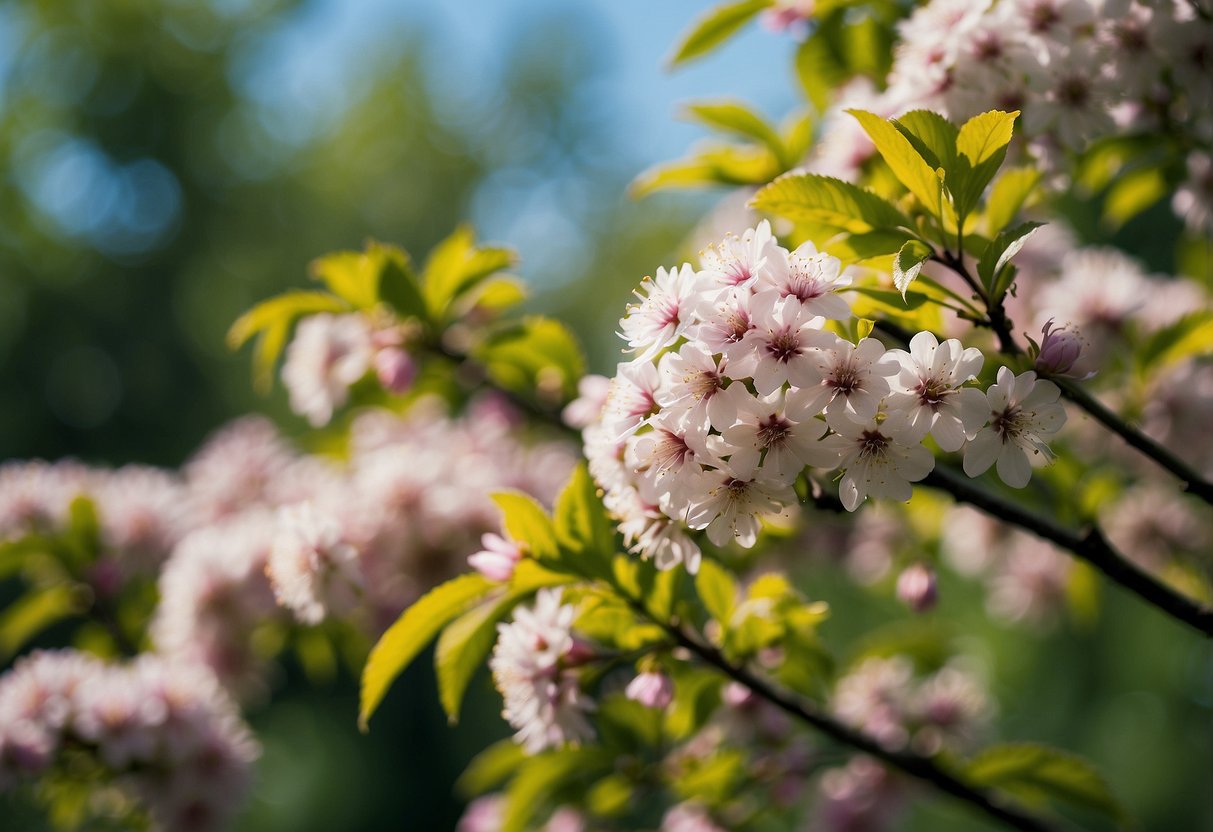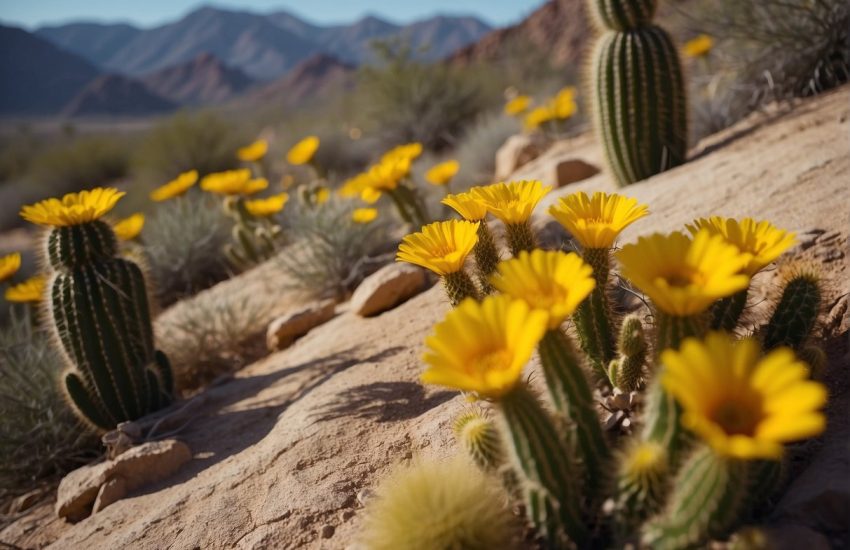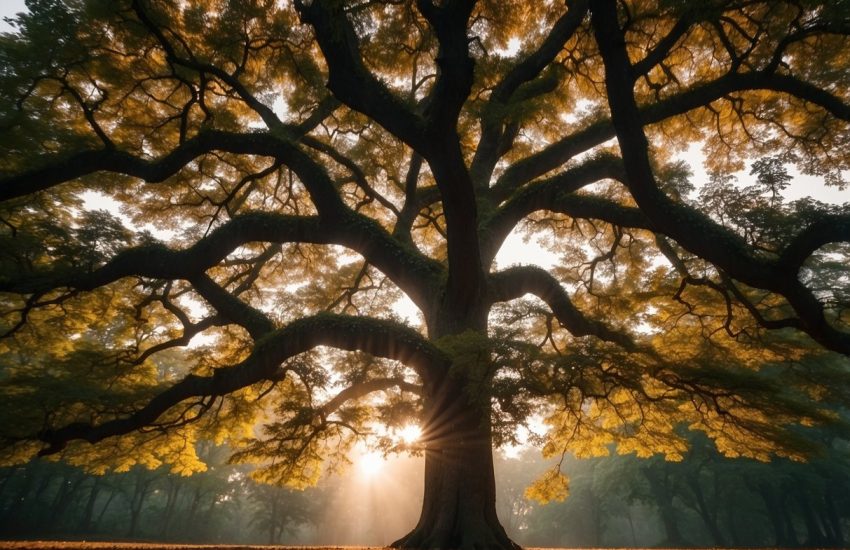Flowering Trees of Wisconsin: A Comprehensive Guide to the State’s Most Beautiful Blooms
Wisconsin is home to a variety of beautiful flowering trees that add color and interest to the landscape. Gardeners and nature enthusiasts alike can appreciate the vibrant blooms of these trees, whether they are native or ornamental species.

Native flowering trees like the American Plum and Northern Catalpa are well-suited to the Wisconsin climate and provide important habitat for local wildlife. Ornamental species like the Japanese Cherry and Magnolia add unique beauty and interest to gardens and landscapes. With so many options to choose from, it can be difficult to decide which flowering trees to plant in Wisconsin.
Luckily, there are resources available to help gardeners make informed decisions. By considering factors like bloom time, size, and hardiness, gardeners can select the perfect flowering tree for their needs. Whether you are looking to add color to your garden or create habitat for local wildlife, there is a flowering tree in Wisconsin that is perfect for you.
Diversity of Flowering Trees in Wisconsin
Wisconsin is home to a diverse range of flowering trees, including both native species and ornamental varieties. These trees provide a splash of color to the state’s landscape, and many of them are also important for supporting local wildlife.
Native Species
Native species of flowering trees in Wisconsin include the Serviceberry, Hawthorn, Eastern Redbud, American Plum, Washington Hawthorn, and Lilacs. These trees are well adapted to the local climate and soil conditions, making them a great choice for homeowners looking to add some color to their yards.
The Serviceberry is a popular choice due to its delicate white flowers and tasty berries, which are a favorite of many birds. The Hawthorn is also a great choice, with its showy white or pink flowers and thorny branches that provide valuable shelter for wildlife. The Eastern Redbud is another popular choice, with its unique pink or purple flowers that bloom in early spring.
Ornamental Varieties
In addition to native species, there are also many ornamental varieties of flowering trees available in Wisconsin. These trees are often chosen for their unique colors and shapes, and they can add a touch of elegance to any landscape.
Some popular ornamental varieties include the Crabapple Tree, Japanese Stewartia, Star Magnolia, Chastetree, and Magnolias. These trees come in a wide range of colors, from bright pink to deep purple, and they can be either deciduous or evergreen.
Overall, the diversity of flowering trees in Wisconsin is impressive, with something to suit every taste and style. Whether you prefer native species or ornamental varieties, there is sure to be a tree that will add beauty and charm to your yard.
Cultivation and Care

Planting and Soil Conditions
When planting flowering trees in Wisconsin, it is important to consider the soil conditions and the amount of sunlight the tree will receive. Most flowering trees prefer well-drained soil and full sun, although some varieties can tolerate partial shade. Gardeners should also consider the pH of the soil, as some flowering trees prefer acidic soil.
When selecting a tree, it is important to choose a cultivar that is hardy in the Wisconsin climate. Some delicate varieties may not survive the harsh winters. Gardeners should also consider the size of the tree at maturity, as some varieties can grow quite large and may not be suitable for smaller yards.
Maintenance and Pruning
Proper maintenance and pruning can help keep flowering trees healthy and looking their best. Regular watering is important, especially during periods of drought. Gardeners should also fertilize the trees according to the specific needs of each cultivar.
Pruning is also an important part of maintaining healthy flowering trees. Dead or diseased branches should be removed promptly to prevent the spread of disease. Gardeners should also prune the tree to maintain its shape and size, as well as to encourage new growth.
Many flowering trees also offer beautiful fall foliage, making them a popular choice for landscaping. Gardeners should choose a variety that offers vibrant fall color to add interest to their yard. Disease resistance is also an important consideration when selecting a flowering tree, as some varieties may be more susceptible to certain diseases than others.


